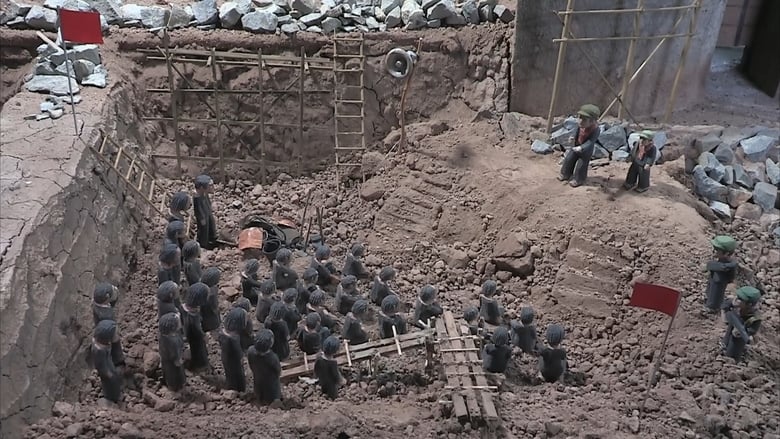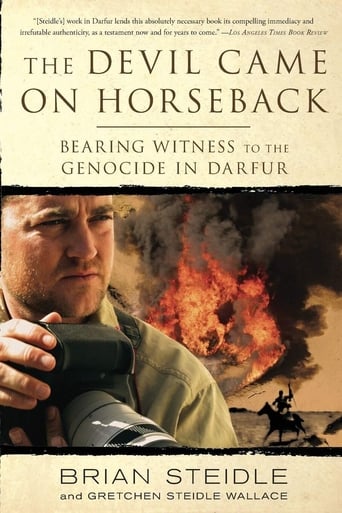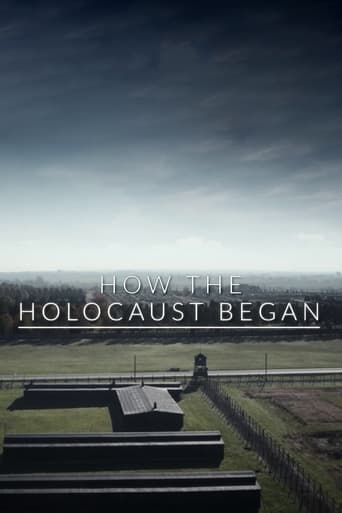The Missing Picture (2013)
Rithy Panh uses clay figures, archival footage, and his narration to recreate the atrocities Cambodia's Khmer Rouge committed between 1975 and 1979.
Watch Trailer
Free Trial Channels
Cast


Similar titles
Reviews
One of the worst movies I've ever seen
Disappointment for a huge fan!
It's fun, it's light, [but] it has a hard time when its tries to get heavy.
The film's masterful storytelling did its job. The message was clear. No need to overdo.
"A picture can be stolen - a thought cannot" states the narrator of this documentary about the atrocities committed by Khmer Rouge in late 1970s Cambodia. While not actually narrated by him for reasons unknown, the script for the film is written by director Rithy Panh, a survivor of the atrocities, in an usual touch, Panh uses clay figures to depict incidents he experienced but for which no archive footage exists. Going back to that earlier quote, the film stands up as a testament of the human mind to recall personal horrors in great detail as one's thoughts can never be stolen. The clay figures are remarkably detailed and especially effective in a moment when Panh recalls drinking muddied water while watched by seemingly stunned local herds. Unique as the film may be though, it outstays its welcome long before it is over. The narration is extremely repetitive and as the film keeps focusing on emotions that its director personally felt, it crosses the border into maudlin territory while ultimately becoming less a document of the times and more the faded memories of a single man. The film is very deliberately paced too so one really needs to be in the right mood to appreciate it. The clay work is, however, never less than remarkable and as the film takes time to focus on Panh also creating all the models, sculpting then painting them, it is hard not to admire the care and consideration put into them. This was clearly a very personal film for Panh and the fact that the film makes one want to read up more about the Khmer Rouge horrors certainly says something.
I love me some slow, moody, atmospheric and introspective films. Yet I found this to be really, really slow at times. The premise of using clay figurines is a great one, and at times it really added to the film's power by not forcing images and allowing us to use our imagination, but it was used a lot and together with sort of ho-hum archival footage, and the dreamy narration, I'd be lying if I said I didn't find the film to be really slow to watch at times. It just got a bit repetitive and the subject matter wasn't presented in a more fascinating way. Still, I found some of it effective and the film is pretty original in that way so I have to give it props where they are due.
Several reviewers have commented on the basic themes of Rithy Panh's documentary; what is perhaps more interesting is the way in which the title operates on two levels. First, Panh's film aims to fill in "the missing picture" of life in Cambodia under the Pol Pot regime. For most of the time, the only visual material available on this regime was propaganda films depicting an idealized world of workers happily contributing to the new country Kampuchea's collective sense of well- being. Through a mixture of clay figures and archive footage, Panh proves the opposite; most citizens had to get used to a combination of perpetual hunger and enforced labor. The clay figures are an important element of this film, suggesting that human beings can be rendered malleable in any way their makers/ captors choose. At another level, the film tries to recreate the "missing picture" of Panh's past; at the age of fifty, he looks back at his childhood in the pre-Pol Pot era, a world of color and variety that was ruthlessly swept away, as the people were forced to wear black and work inhumanly long hours in the rice- fields. The experience left an indelible mark on Panh's character, as he lost most of his family due to starvation, without being able to do a thing about it. Even now he feels guilty for his inaction. Living under a tyrannous regime was bad enough, but what was much worse for Panh was the way in which that regime rendered him powerless, as well as depriving his life of the possibilities - both personal as well as professional - that could have been available in the pre-Pol Pot era. The "missing picture" cannot be recreated, however hard he tries. The film ends on a somber note, as Panh reminds us how much the souls of the millions who died during the Pol Pot regime still haunt those who survived. While efforts have been made to erase the past (a lake has been built over one of the mass graves), he still feels somehow united with the dead rather than the living - an indication, perhaps, of the emotional and physical consequences of tyranny. While THE MISSING PICTURE offers a country-specific interpretation of the past, its message should be heeded by everyone about the consequences of living under an absolutist government.
Philosopher Albert Camus said, "Good intentions may do as much harm as malevolence if they lack understanding." Indeed, we have seen many examples in history of how ideology, no matter how well intentioned, can lead to disastrous consequences if not tempered with compassion and respect for the rights of the individual. We saw it in Nazi Germany and in the Soviet Union during the Stalin era. There is no more blatant example of the distorted use of ideology than in the 1975 takeover of Cambodia (renamed as the Democratic Republic of Kampuchea) by the Khmer Rouge under the leadership of Pol Pot (aka Saloth Sar).While the goal of the Khmer Rouge was to promote an agrarian socialist economy and eradicate any remaining traces of individuality, their process of forced labor and communal living led to the death of millions of people and when they fled in 1979, they left behind a trail of tears. Only thirteen-years-old at the time, Director Rithy Panh, lost his entire family in Cambodia during those years and has documented his experience in The Missing Picture, winner of the Un Certain Regard award at the 2013 Cannes Film Festival. It is a deeply moving film that uses hand-carved clay figures sculpted by Sarith Mang together with archival news footage and propaganda films used by the Khmer Rouge to paint an overwhelming picture of man's inhumanity to man.Although the sadness etched on the faces of the painted clay figures moving on doll-house sets are somewhat distancing and can only give us a vague idea of the amount of suffering that took place, Panh's affectingly poetic voice-over helps us to bridge that gap by offering the perspective of one who lived through those years. In their four years in control of Cambodia, the Khmer Rouge destroyed food sources outside of centralized control, forbade fishing and the planting of mountain rice, abolished medicine and hospitals, and refused offers of humanitarian aid. Now 50, Panh says that making the film has helped him to come to terms with his memories, reflecting that, "in the middle of life, childhood returns—sweet and bitter." While the film's historical perspective is limited, it gives us a sense of the vibrant life of Phnom Penh before the Khmer Rouge arrived to evacuate the city, uprooting and exiling millions of families to re-educate them in labor camps. Those not needed were told, "To keep you is no benefit, to destroy you is no loss." Those forced to leave were told that the evacuation was meant to protect them from American bombs and they would be able to return to their homes in a few days. Panh refers to the U.S. bombing of Cambodia during the Vietnam War as a factor that persuaded Cambodians to look for an alternative to their current political system but he does not attempt in any way to justify the actions of Pol Pot.The Missing Picture, while grim and perhaps repetitive, is a powerful prayer that no child ever has to again witness what Panh saw: his family forced from a home filled with music and literature, his father going on a hunger strike and dying from starvation and illness; the execution of children who were forced to denounce their parents; sitting on the cold ground night after night watching propaganda films displaying happy faces while outside thousands starved. Under the leadership of Pol Pot, an estimated 2.2 million people died from execution, illness, or starvation, a tragedy that left a legacy of suffering that continues until the present day. Miraculously, Panh survived to tell his story and in The Missing Picture, has left us a testament of unbounded courage.











